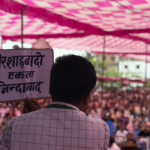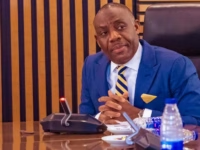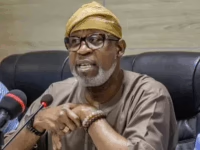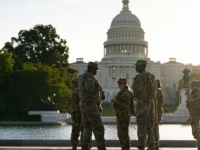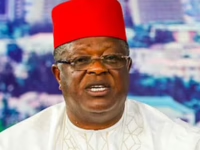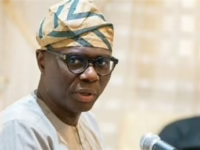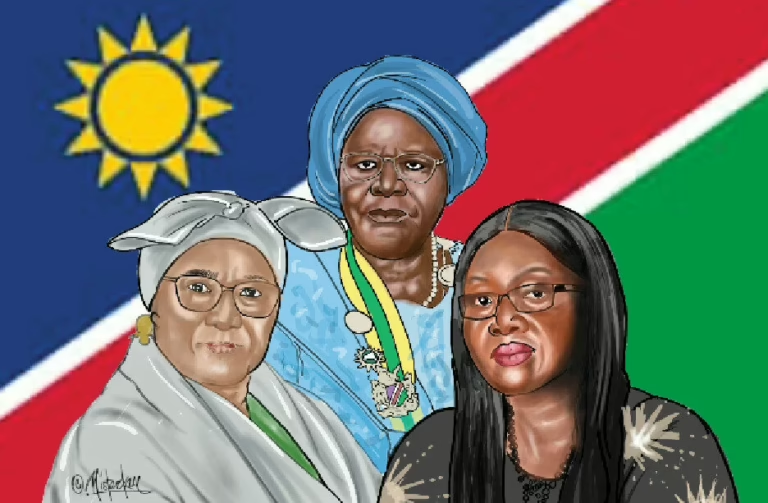Amidst the frequent headlines spotlighting Africa’s turmoil-marked by coups, conflicts, and corruption-Namibia is quietly crafting a narrative of steady progress and inclusive governance. This story, highlighting the rise of women to prominent political roles without sensationalism or international fanfare, remains largely unnoticed by global media and even within the continent itself.
Had Namibia’s journey been one of political unrest, electoral violence, or corruption, it would dominate news cycles and social media trends. Instead, its remarkable achievement in establishing one of the world’s most gender-balanced political frameworks has gone almost unacknowledged. The global narrative seems more attuned to an Africa mired in crisis than one leading through innovation and equality.
Bordered by Angola, Botswana, Zambia, and the Atlantic Ocean, Namibia has earned a reputation as one of Africa’s most stable democracies. Since its independence from South Africa in 1990, the nation has upheld peaceful power transitions, constitutional governance, and consistent development. What is unfolding now, however, is a groundbreaking transformation in political representation, especially for women.
In 2013, Namibia’s dominant political party, SWAPO (South West Africa People’s Organisation), pioneered a “zebra” system-a gender parity policy mandating a strict alternation between men and women in leadership roles at every level of government. This approach ensures that for every male leader, a female counterpart holds a corresponding position, and vice versa.
The impact has been profound. Namibia ranks sixth globally for female parliamentary representation, surpassing many European countries and trailing only Rwanda within Africa. Data from the Inter-Parliamentary Union (IPU) reveals that women occupy nearly 49% of seats in the National Assembly and approximately 44% of Cabinet positions.
This is far from mere tokenism; it represents a fundamental restructuring of political power, embedding gender equality into the core of governance.
An Unheralded Transformation
Namibia’s strides in gender equality are neither accidental nor externally imposed. Unlike many African nations that adopted gender quotas under international pressure, Namibia’s “zebra” system emerged from internal political consensus and is deeply woven into SWAPO’s ideology.
This was not a superficial adjustment but a strategic redistribution of political influence. Men willingly shared power, women were deliberately elevated to leadership, and gender parity became a defining feature of Namibia’s political identity. The outcome is a cadre of women leaders who wield genuine influence over national policy, not just symbolic roles.
On March 21, 2025, Namibia marked a historic milestone by inaugurating an all-female top leadership team during its 35th Independence Day celebrations: Netumbo Nandi-Ndaitwah as the first female President, Lucia Witbooi as Vice President, and Saara Kuugongelwa-Amadhila as Speaker of the National Assembly.
Nandi-Ndaitwah’s ascent is recognized as the culmination of decades of dedicated service-from liberation struggle veteran to foreign minister and seasoned party leader-rather than a mere gesture. Her presidency exemplifies the maturity of Namibia’s inclusive political reforms.
Yet, despite this landmark achievement, global attention remains fixated on crises elsewhere in Africa-coups in the Sahel, contested elections in Zimbabwe, and security challenges in Nigeria. Namibia’s narrative of peace, progress, and gender parity does not conform to the prevailing stereotypes of African dysfunction.
This silence reveals a troubling bias: the world is quick to spotlight African failures but reluctant to celebrate African successes.
Bridging Africa’s Gender Leadership Divide
Namibia’s accomplishments stand in stark contrast to the broader African context. Despite longstanding commitments-from the Beijing Platform for Action to the African Union’s Agenda 2063-women’s political participation remains inconsistent across the continent.
Rwanda leads globally with women holding 61% of parliamentary seats, a legacy of its post-genocide reforms. However, beyond Rwanda and Namibia, few African countries have institutionalized gender parity to such an extent. For example, Nigeria’s female parliamentary representation is a mere 4%, among the lowest worldwide.
Even in democracies like Kenya and South Africa, women face entrenched obstacles including party gatekeeping, political gender-based violence, and insufficient campaign funding. Namibia’s “zebra” approach offers a compelling alternative-one rooted in political resolve and structural design rather than superficial quotas. It proves that gender equality in leadership is not a byproduct but a driver of progress.
A Model Worth Emulating
Critics often question whether gender parity enhances governance. Namibia’s experience provides a clear answer: it does. The country’s commitment to gender inclusion has yielded tangible benefits-improved education, better maternal health, and more effective social welfare programs. Policy discussions have broadened to include youth, family welfare, and community resilience.
Women leaders have championed significant reforms, such as the Child Care and Protection Act, which bolsters children’s rights, and gender-responsive budgeting that promotes equitable resource distribution. Their leadership has reshaped societal expectations; in rural areas, girls now envision women as ministers and parliamentarians as a norm rather than an exception.
This inclusive governance style has also softened political discourse. According to political analyst Selma Nghikembua, “Namibian women have introduced a more cooperative and pragmatic approach to politics, focusing less on dominance and more on effective governance.”
Namibia’s experience challenges persistent myths that gender parity destabilizes societies, that African traditions are incompatible with progress, or that women’s empowerment must be externally driven.
Importantly, this transformation was not donor-driven but emerged from political courage and vision. Namibia demonstrates that when gender equality is enshrined as a constitutional principle rather than a charitable afterthought, democracy deepens, public trust strengthens, and governance improves for all citizens.
Reframing Africa’s Global Image
Ironically, Namibia’s inspiring story remains largely invisible on the international stage. Even within Africa, while Rwanda’s achievements are widely celebrated, Namibia’s parallel progress often goes unrecognized. This pattern reflects a broader tendency: global media gravitates toward sensational crises rather than substantive successes.
Overlooking Namibia’s example is a missed opportunity. The world loses a replicable model; African leaders forfeit valuable lessons; and young women are deprived of empowering role models. It is imperative to amplify Namibia’s story. Africa must claim ownership of its triumphs and highlight progress with the same vigor used to critique failures. African media, including ours, must break this silence.
For too long, global discourse on women in leadership has centered on Western nations-from New Zealand to Finland to the United States-while African trailblazers like Nandi-Ndaitwah quietly demonstrate that leadership excellence transcends geography.
Namibia is not without challenges-inequality, unemployment, and regional disparities persist. Yet, it is forging a path deserving of global recognition. At a time when Africa’s image is often overshadowed by instability and corruption, Namibia stands as a beacon of inclusive governance and gender equality.
The world should turn its gaze southward. Namibia exemplifies the democratic future Africa can achieve: balanced, stable, principled, and inclusive. If global audiences remain indifferent, it is up to Africans to celebrate and share these stories. Narrating our successes is a powerful act of reclaiming agency and shaping perceptions.



